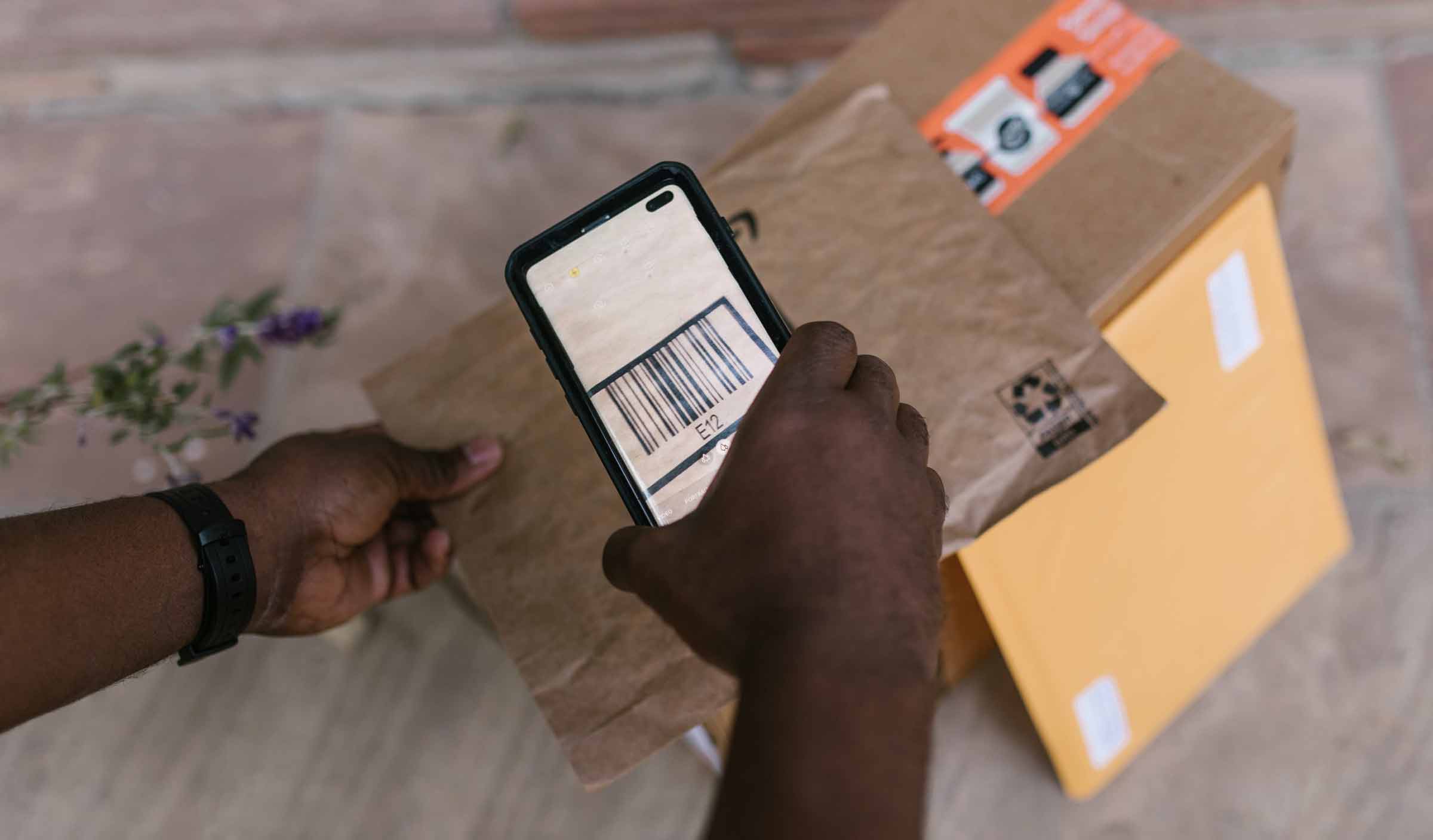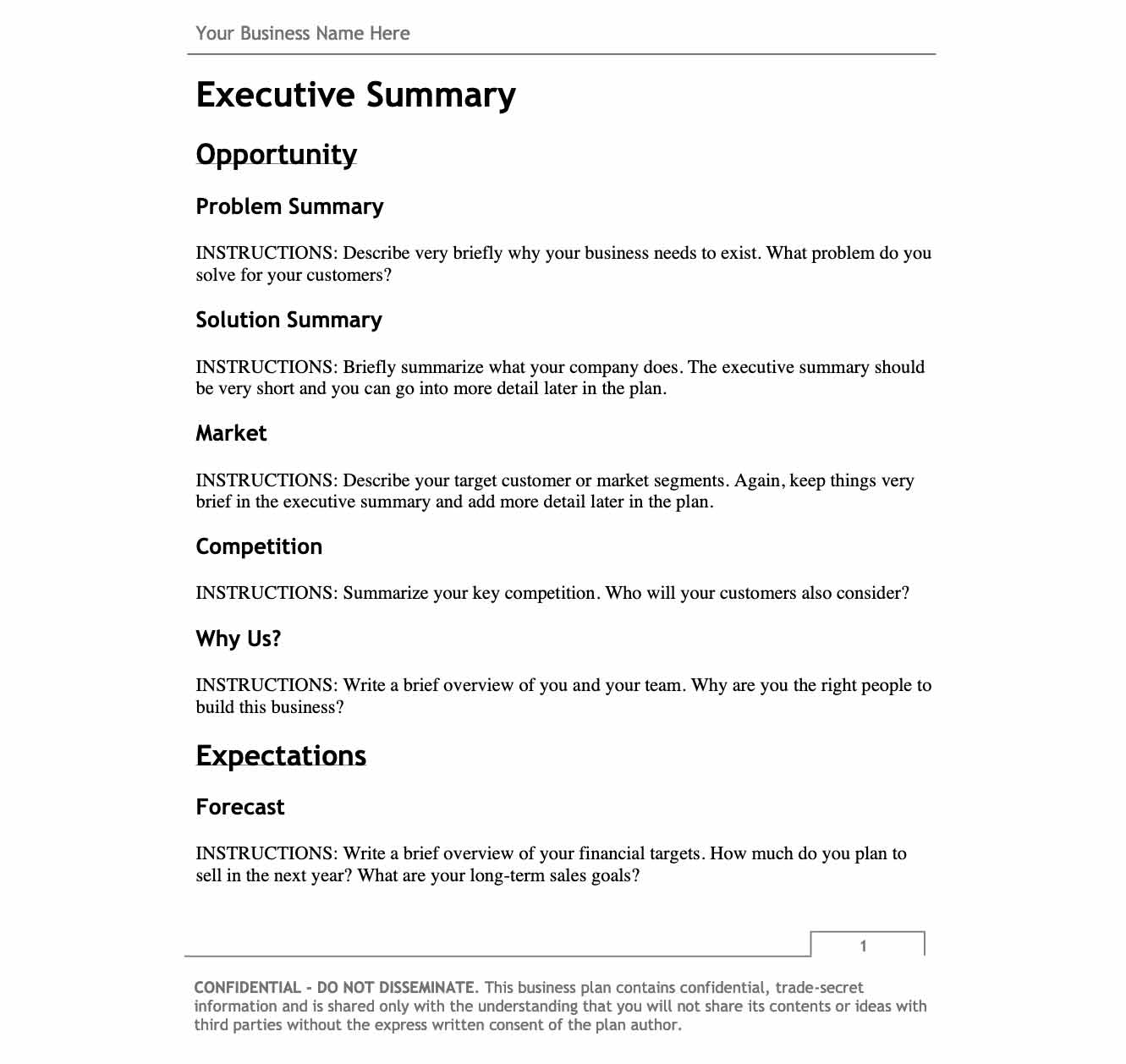Complete Guide: Starting a Courier Service in 2024

So you want to start a courier service. We’re glad you’re here and not just winging it. Why? The key to starting a courier business successfully is meticulous research and planning at every stage, and we’ll get you started.
Courier businesses in the U.S. make 117.3 billion dollars per year. While big names like UPS, FedEx, and DHL take up over 90% of the market share for delivery services, there’s just under 10% (or 1.173 billion dollars) left for small businesses looking to help with last-mile delivery. (And we don’t know about you, but even a portion of 1.1 billion dollars sounds pretty good.)
Jump to the section that interests you most:
- Research Your Target Market
- Investigate the Competition
- Plan Your Business
- Obtain Your Startup Funding
- Register Your Courier Service Business
- Obtain the Necessities
- Launch Your Courier Business
- Bonus: Maximize the Efficiency of Your New Courier Business With OptimoRoute
To start a courier service, you need to find customers, then plan for the costs and challenges that go into finding those customers before launching successfully. Learn about your target market, service area, and the competition before you start your successful courier business.
Research Your Target Market
Gain a deep understanding of your area and the customer base you will serve, including their needs, wants, and desires, as well as their pain points that you could solve. Look to answer each of the following questions so you can fully understand who you will be trying to convert (aka your target market).
Who are your customers?
What is their average age, familial makeup, and gender? Discover what goals they are aiming for and what goals they’ve already reached (like starting a family or launching a new business). PennState Extension explains, “You want to spend your marketing budget wisely. By knowing and understanding your target market, you can focus your spending on the customers who will become repeat purchasers.” The more information you can learn about your target market, the more effectively you can find customers.
What is your customer looking to ship and why?
Try to determine what exactly your customer is shipping. While understanding their needs and pain points will give you an idea, it’s best if you can determine exactly what they are planning to ship. For example, think about running a survey asking people about their shipping needs on a local Facebook group. With this information, you can create products, packages, and services that are based on their needs.
How fast do they expect to be helped?
By knowing what your potential customer expects from you, you can create standard operating procedures designed to keep them happy. If you do provide bad customer service, 58% of customers will not hesitate to leave and find a new provider. So, meeting and exceeding customer expectations is vital to keep your business growing.
In what way is their current courier not working?
Assume for a moment they have a preferred courier. Why might that courier not be fully satisfying them, and how can you do better? If their courier requires several days’ notice, determine a way to provide same-day delivery or pickup. If their current provider doesn’t provide tracking in real time, think about a software (like OptimoRoute) that can provide that service.
With all this information, create a document that showcases your understanding of your target market so that you can reference it while creating a marketing plan and building your branding.
Investigate the Competition
Fulfill a few deliveries using the other local courier companies to see how their process works from top to bottom. Observe how others are doing and how you might do better. Be on the lookout for roadblocks and slowdowns in their process that you could improve.
- Look at how they handle communication across platforms—like live chat, email, social media, or phone calls.
- Investigate how long it takes them to execute the delivery and whether or not there are any issues along the way.
- Look at their pricing structure to see how it compares to what you were thinking for yours.
- Review other customers’ experiences to see if they are consistent in their performance.
If you understand the competition, understanding your customer’s needs and what your business can offer will be easier.
Plan Your Business
Create a business plan you can show potential investors or lenders that illustrates your understanding of business ownership and courier management.

Write a business plan
Write a complete business plan that guides your understanding of your market, your business, and the actions you should take. Though difficult, a business plan should account for challenges not just now but as they present themselves in the future. According to Harvard Business Review, “[your] plan should demonstrate conditional thinking and lay out how you plan to manage the various risks involved in your venture.” Look at the following graphic for an idea of what to include in your business plan.

Develop a marketing plan
Within your business plan, but in many ways a separate document, is your marketing plan. Your marketing plan and marketing strategy will be your guiding light for how to obtain customers and grow your business. It should have:
- Your target market research from step one
- Branding information and how it can be used—like business name, voice, logo, and colors
- How you plan to find customers—flyers, social media ads, word of mouth, etc.
Use the target market research and branding guidelines to inform your strategy, or how you plan to find customers. For example, if you know that your customers are frequently on Facebook, think about creating a strategy around growing a Facebook page. You should revisit this section regularly as your goals and plans change or are redefined.
Obtain Your Startup Funding
Though it is possible to start a courier business with as little as $900, your startup costs will depend on your expected profit and both one-time and ongoing expenses. The Small Business Association suggests looking at their list of startup expenses, determining what you need, and sorting them by one-time and recurring. From there, they say to use those expenses to determine your startup funding, and they offer two calculators to help.
Once you know how much you’ll need to start your business, you can either open a bank account and self-fund or look for venture capitalists or bank lenders. As a final note, it might be best to talk to an accounting specialist that can help you make a cash flow plan and sort your funding needs with more certainty.
Register Your Courier Service Business
Business models and legal structures open to you depend, to a large extent, on where you live. If you are in the U.S., there are a few major types of businesses, according to the Small Business Administration. These include sole proprietorships, partnerships, limited liability companies (LLCs), corporations, and nonprofits.
While the names might be different, these basic business structures are mostly the same throughout the world. Each business structure has pros and cons depending on what you need for your business.
Obtain the Necessities
Buy, rent, and hire the supplies and employees you’ll need for your first week and month, minimum.
Buy equipment
Create a list of everything you’ll need in your first week, month, and year. Then, think about if you need to get it before you open your doors or if it can wait until after you’ve made money. Think about some of the items on the following list:
- Vehicles
- Warehouses
- Uniforms
- Postcards, business cards, and flyers
- Computers
Depending on the scale of your business at launch, you might need many trucks, which could really put a dent in your business account. Look at websites like Commercial Truck Trader to save money over buying new vehicles.
Purchase software
Also, look at software options that will enable you to do your job successfully. For example, OptimoRoute software helps post couriers streamline their business operations, plan routes, and schedule deliveries effectively. Set delivery windows and days, add vehicle limits, driver hours, and more to make sure that your schedule is optimized and your income is maximized. OptimoRoute ensures the optimization of your routing and scheduling—meaning increased profits and chances of success.
Hire employees (if needed)
Hire your starting team now to prevent growth pains and service delays from affecting a successful grand opening. Options include hiring someone full-time, hiring someone part-time, or hiring a contractor, depending on your needs and situation. A lawyer or an accountant would be best spoken to about hiring decisions. Who and how you hire will change what you’re required to pay them and offer them in addition to regular pay.
Get business insurance
Protect your business with the correct insurance policies and trademarks. Though what you need will vary based on your location and situation, here are a few common policies:
- Copyrights & Trademarks – Protect your brand and identity
- Personal Liability – Make sure that you and your business are protected in the case of a lawsuit
- Vehicle Insurance – Obtain the correct insurance on your personal vehicle or your business van
- Workers Compensation – If you hire employees, make sure that they will be protected in the case of an accident
Consulting a lawyer who specializes in your industry is the ideal way to go at this point in setting up your courier business.
Launch Your Courier Business
Just getting out there and getting started is one way to find customers. However, without planning for success and starting off on the right foot, your new courier business might not even make it past the first year. With your business plan, paperwork, finances, equipment, and employees ready, it’s time to launch your business.
Think about a soft launch first to make sure all of your processes are ready and working. Once that’s ready, let everyone know you’re in business and ready to work. Tell other local businesses and ask friends for referrals, but don’t just rely on word-of-mouth. Look for low-cost paid options like social media marketing or, if you have the money, radio ads.
Bonus: Maximize the Efficiency of Your New Courier Business With OptimoRoute
While making it in the courier industry means offering quick delivery times and good customer service, the primary cost and determiner of profitability for courier services is route efficiency. How efficiently you can make deliveries determines the cost of fuel and driver pay—leading to profits. OptimoRoute’s features are ideal for a courier service looking to reduce fuel and time costs:
- Plan weekly schedules ahead of time, so you know what to expect
- Modify routes in real time with respect to last-minute additions
- Balance workloads across employees, so each team member is perfectly utilized
- Add geofencing to avoid large trips and keep the courier localized to one particular area
- Offer Proof of Delivery, so you and your customer know when an item has been dropped off
- Activate Realtime Order Tracking , so your customer is kept informed
- Show Live ETAs based on route, location and number of stops left
OptimoRoute is the perfect solution. If you’re almost ready to launch your courier service, think about trying OptimoRoute free for 30 days to see how you can get more deliveries done per day with less fuel.
Try OptimoRoute™ for Free
No installation or credit card required


